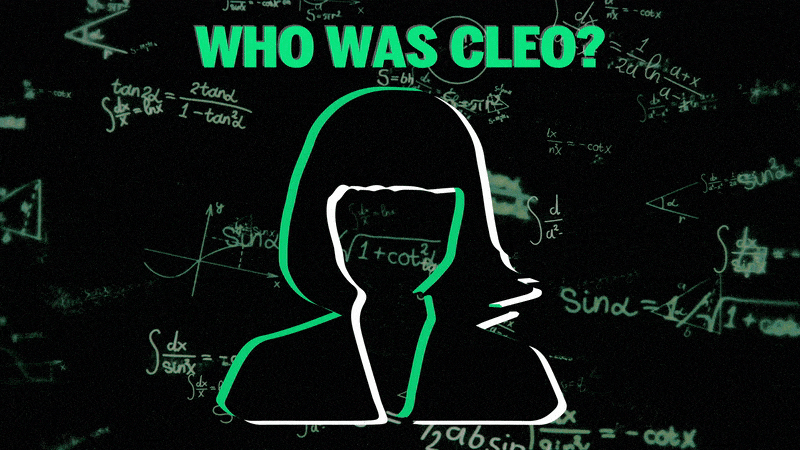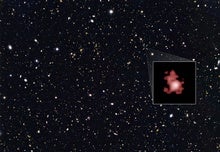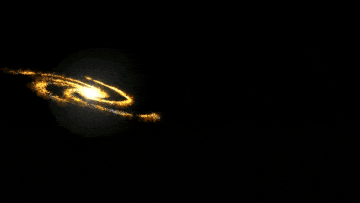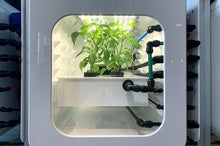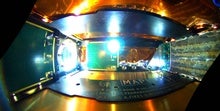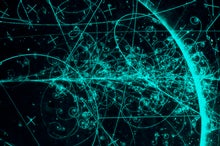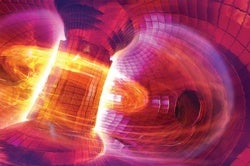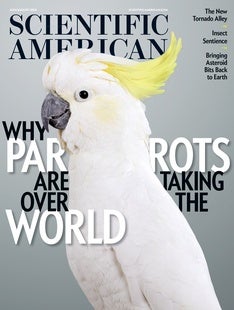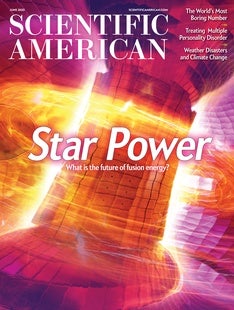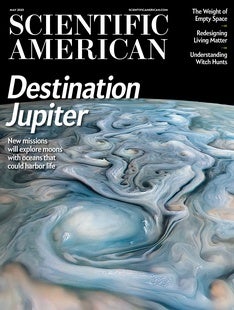 |
| June 15, 2023 |
Hello Readers,
I'm filling in for Lee Billings this week. Our top story is an investigative piece from journalist Charles Seife, who obtained documents showing that the International Thermonuclear Experimental Reactor currently being constructed in southern France is woefully on track to become the most expensive and delayed science project in history. Read more below! |
| | Andrea Gawrylewski, Chief Newsletter Editor
| |
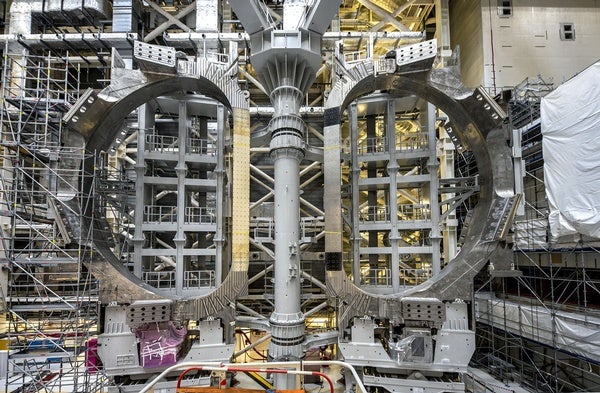 |
| |
| |
| Mathematics Cleo, the Mysterious Math Menace In 2013 a new user named Cleo took an online math forum by storm with unproved answers. Today she's an urban legend. But who was she? |  | By Allison Parshall,Tulika Bose,Carin Leong | 11:46 | | | |
| |
| |
| |
| |
| |
| |
FROM THE ARCHIVE
 | | | |
LATEST ISSUES
 |
| |
| Questions? Comments?  | |
| Download the Scientific American App |
| |
| |





